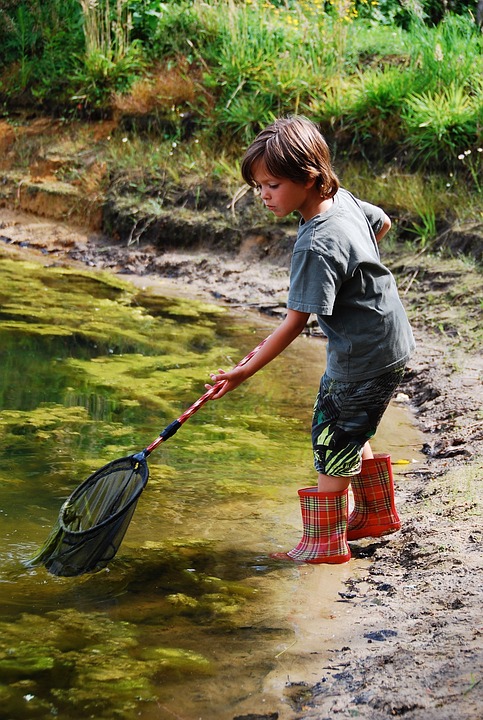Parasitic infestations are a common problem faced by fish tank owners. These pests can have detrimental effects on the health of your fish, leading to stress, weakened immune systems, and even death. However, with the right strategies in place, you can effectively control and prevent parasitic infestations in your fish tank. In this article, we will explore some proven techniques and tips to keep your fish healthy and free from parasites.
Before diving into strategies for control, it’s important to familiarize ourselves with the most common parasites that can affect fish in tanks. This knowledge will help in identifying and addressing the infestations effectively. Some common fish parasites include Ichthyophthirius multifiliis (Ich), Costia, and gill flukes (Dactylogyrus and Gyrodactylus). Each parasite has its own description, life cycle, signs and symptoms of infestation, and impact on fish health.
Preventing parasitic infestations is always better than treating them. Implementing certain preventive measures can reduce the chances of your fish tank becoming a breeding ground for parasites. Quarantining new fish is crucial to prevent introducing parasites to your tank. This involves setting up a separate quarantine tank and maintaining it for a specific duration before introducing new fish to the main tank. Proper filtration, water circulation, and maintaining appropriate water parameters such as temperature, pH, ammonia, nitrite, and nitrate levels are also important preventive measures. Regular water changes and cleaning routines help in maintaining good water quality. Avoiding overstocking is crucial as overcrowding can lead to stress and compromised immune systems in fish.
Despite preventive measures, parasitic infestations can still occur. When dealing with an infestation, it’s crucial to choose the right treatment option to effectively eliminate parasites without harming your fish. Medications can be used, but it’s important to select appropriate ones based on the type of parasite, administer them safely and effectively, and follow recommended dosage and treatment duration. Natural remedies such as garlic, tea tree oil, or salt baths can also be used, but it’s important to understand their limitations and potential risks. Consulting with a veterinarian or experienced fish keeper before using natural remedies is recommended.
The article also includes a section for frequently asked questions (FAQs) addressing common concerns such as identifying if fish have parasites, using over-the-counter medications without knowing the specific parasite, treating a tank when only one fish is affected, and using natural remedies as a preventive measure.
In conclusion, parasitic infestations in fish tanks can be a serious concern, but with the right strategies and preventive measures, you can keep your fish healthy and parasite-free. Regular monitoring, appropriate water quality maintenance, and prompt treatment when necessary are key to controlling infestations. By implementing these effective strategies, you can enjoy a thriving and disease-free aquarium. Remember, prevention is always better than cure!









